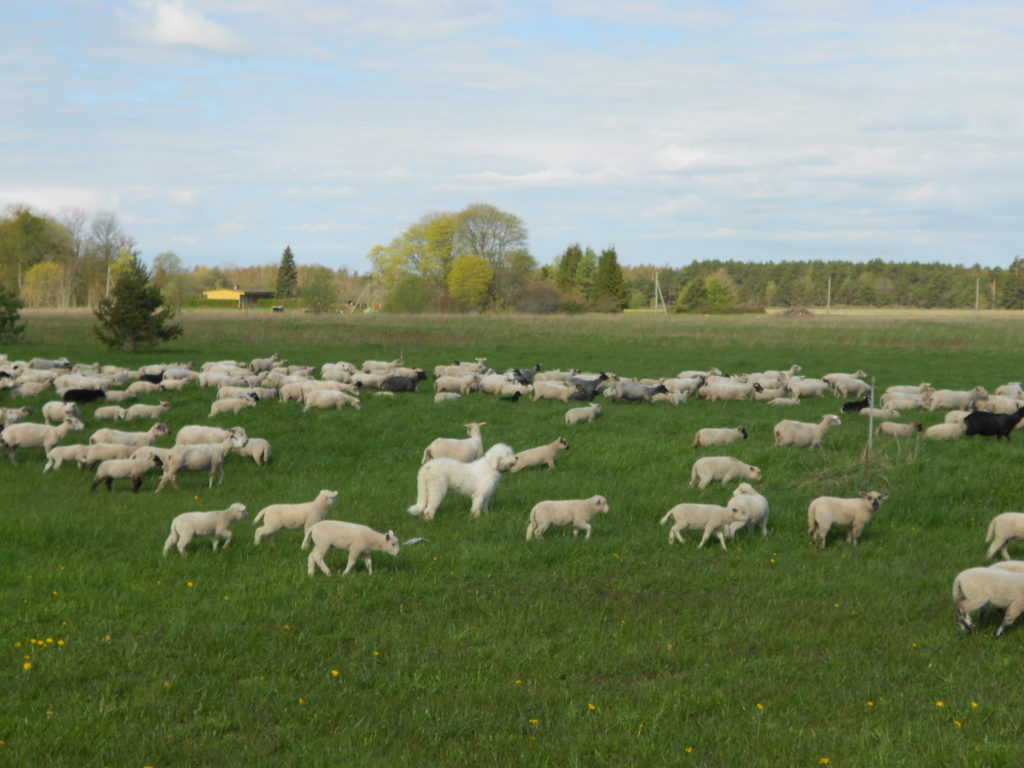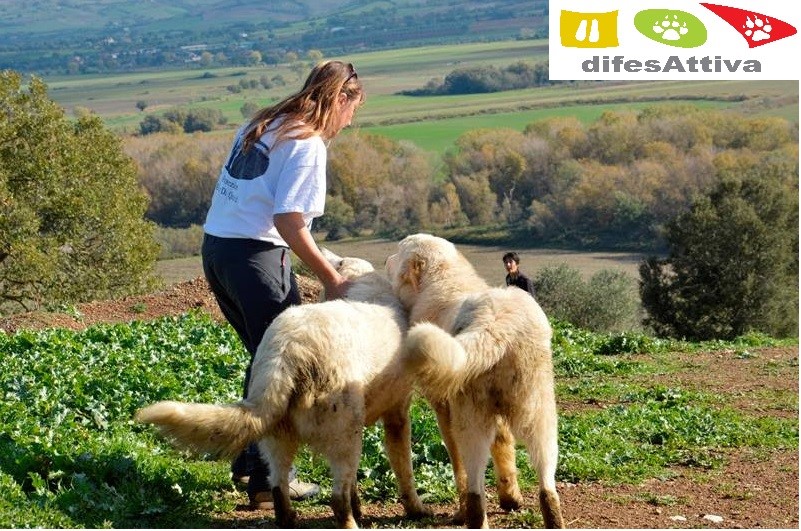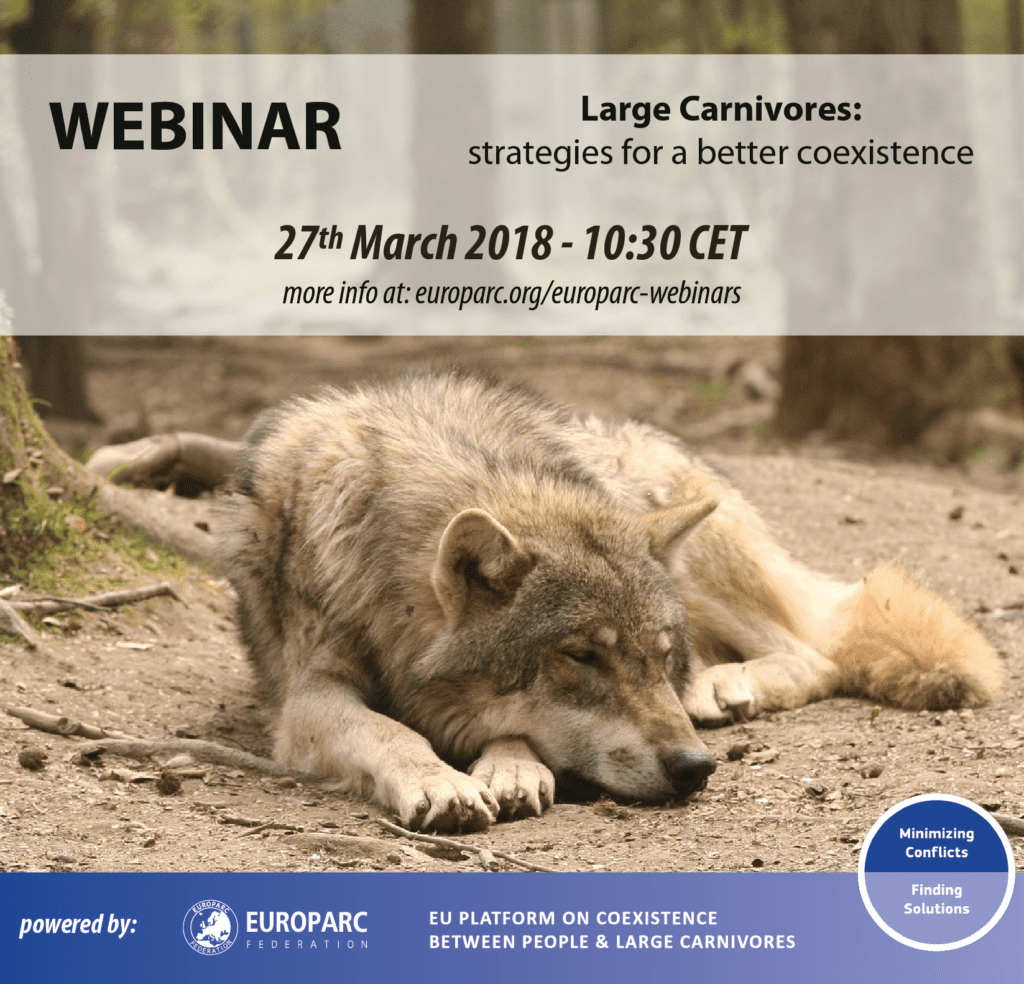The 2018 EU-China Tourism Year
The Tourism Task Force of the European Parliament (Committee TRAN – TRANSPORT AND TOURISM) had a special meeting on 27 February 2018 to analyse the tourism sector’s key results and trends in the EU in 2017 and looked at its main future challenges.
MEPs exchanged views on the positive and challenging implications of the 2018 EU-China Tourism Year, officially launched in Venice, IT, in January. This year will be the occasion to develop mutual relations and initiatives in the tourism sector, and EU will be “guest of honour” in all tourism fairs in China, in order to attract more tourism flows from China to the European countries. All these initiatives will be illustrated on the website of the year https://ecty2018.org/ . Other Asia’s countries, as India, are considered the future markets where to “sell” European destinations.
Eurostat presented its latest statistical data (2016) in relation to tourism in the European Union (EU). Tourism plays an important role in the EU because of its economic and employment potential, as well as its social and environmental implications, and the tourism statistics are not only used to monitor the EU’s tourism policies but also its regional and sustainable development policies.
The data (provided by Member States) show that tourism sector resists to the economic crisis and numbers of arrivals are increasing.
Main statistical findings show that :
- One third of all the bed places in the EU-28 are concentrated in France and Italy;
- More than half (55.7 %) of the total nights spent by non-residents in the EU-28 were spent in Spain, Italy, France and the United Kingdom;
- 62% of the EU residents took part in tourism, making 1.2 million trips;
- Residents of Germany and the United Kingdom spent more than half of the total number of nights spent abroad by EU-28 residents;
- Germans were the biggest spenders on international travel.
All information about statistics are available on the Commission’s website: http://ec.europa.eu/eurostat/statistics-explained/index.php/Tourism_statistics
Download the data from 2017 here.
The debate among the MEPs celebrate the positive results but also mention the need to well manage the flows.
Future plans for Tourism in Europe
The European Comission DG Growth presented its future plans for the tourism sector, connected with the 2018 European Year of Culture and several initiatives in collaboration with Unesco, the future initiative ‘European capital of smart tourism’ , the COSME program to support creative tourism, youth and women in tourism enterprises, the need of engagement on security and information of travellers, and to increase innovation and digitalisation in the sector.
MEPs met also Mr. Zurab Pololikashvili, the new Secretary-General of the World Tourism Organization (UNWTO) since 1 January 2018 after being elected by the 22nd Session of UNWTO General Assembly.
Natura 2000 European Citizen’s Award – Vote now!
The finalists for the 2018 European Natura 2000 Award are out!
Vote now for your favourite!
The European Commission’s Natura 2000 Award recognises the time, dedication and efforts Europeans invested in nature protection within the Natura 2000 network of protected areas. The Award aims to raise awareness about Natura 2000 and the role it plays for safeguarding our natural heritage and in promoting social and economic wellbeing.
Twenty-five finalists have been selected out of seventy-five eligible applications from across the EU. The selected finalists are from Austria, Belgium, Bulgaria, Czech Republic, Denmark, Estonia, France, Germany, Greece, Hungary, Ireland, Luxemburg, Poland, Portugal, Spain and United Kingdom. They include several cross-border projects, involving also Turkey, and an EU-wide project.
Reacting to the announcement, Karmenu Vella, EU Commissioner for the Environment, Maritime Affairs and Fisheries said:
“I am delighted to see so many excellent achievements in protecting our European natural heritage. They clearly demonstrate the value that nature provides to Europe’s economy and how our nature is at the heart of our culture. Vote now and give these remarkable achievements the recognition they deserve!”
The finalists in five categories – Conservation, Socio-Economic Benefits, Communication, Reconciling Interests/Perceptions, and Cross-Border Cooperation and Networking – will now be assessed by an independent jury. Everyone is invited to vote for his or her favourite finalist to win the European Citizens’ Award. Online voting closes on 22 April 2018. The winners will be announced at a ceremony hosted by Commissioner Vella in Brussels on Thursday 17 May 2018. The event is open to the press and the public. Please register online if you wish to attend.
The ceremony can also be watched online on the Natura 2000 website.
Media contact: natura2000awards@tipik.eu
Background of the European Natura 2000 Awards
Natura 2000 is the centrepiece of the EU’s nature and biodiversity policy. Established under the EU’s Birds Directive and Habitats Directive, it is an EU-wide network of over 27 000 terrestrial and marine sites, covering more than 18 % of land area and 7% of the surrounding seas.
The aim of the network is to assure the long-term survival of Europe’s most valuable and threatened species and habitats. Well-functioning ecosystems provide benefits for human health, society and the economy. Natura 2000 provides an array of environmental advantages, while also serving a number of vital social and economic functions. In the EU, around 4.4 million jobs are directly dependent on healthy ecosystems, and a significant proportion of these are situated within Natura 2000 sites. In addition, the financial benefits that flow from the network itself are estimated to be in the range of EUR 200 to EUR 300 billion per year.
The European Commission’s Action Plan for Nature, People and the Economy aims to improve the implementation of Natura 2000 and boost its contribution towards reaching the EU’s biodiversity targets for 2020.
The European Parks Academy 2018 is open for registration!
European Parks Academy
The European Parks Academy 2018 (EPA) is a new international training format that addresses the increasing capacity needs for planning and effectively managing protected areas. The unique cooperation between IUCN´s World Commission on Protected Areas (WCPA), the research institution E.C.O. and the Alpen-Adria University Klagenfurt resulted in well-designed and targeted training modules hold by renown experts.
The summer academy takes place from 16th to 28th July 2018 in Klagenfurt/Austria next to the attractive lakeside of the Wörthersee. The first week is dedicated to the topic Communication & Participation, while the second week hosts two modules in parallel – Ecological Monitoring and Management of World Heritage Sites (see dates & structure below).
| Mon, 16.7. |
Tue, 17.7. | Wed, 18.7. | Thu, 19.7 | Fri -Sat 20.-21.7. |
Sun, 22.7. |
Mon, 23.7. |
Tue, 24.7. | Wed, 25.7. | Thu, 26.7. | Fri – Sat 27.-28.7. |
| Module A | Module B & C (selective, in parallel) | |||||||||
|
Panel & Posters |
Seminar A: |
Excursion: |
Break
|
Panel & Posters |
Seminar B:
|
Excursions: |
||||
One highlight of this year´s Academy is the World Heritage Conference on the 23rd July. Representatives of UNESCO and IUCN will join the Academy for one day to discuss the coordination & management of Natural World Heritage Sites by the example of the serial property “The Ancient and Primeval Beech Forests of the Carpathians and Other Regions of Europe”.
Learn, exchange, enjoy!
In the seminars, you will get inputs and coaching from high-profile lecturers, work in a personalized environment and reflect on international protected area standards & procedures. There will be lots of space for exchange & intercultural learning, for reflection and coaching on your working context & challenges
The first week (Module A) is dedicated to strategic approaches for communication and visibility of parks. Participants will work on the communication of visions & values, on the development of a recognizable image (“brand”), on attractive participatory approaches and on options for reaching a broader audience
Module B, in the second week, provides guidance and training on the design of resource-saving and goal-oriented monitoring systems. Insights into modern technologies for data collection and management will be embedded into a step-by-step approach for developing effective ecological monitoring systems.
With the module on Natural World Heritage Sites (Module C), the European Parks Academy responds to the high amount of recent World Heritage designations and the need of developing an understanding for the UNESCO World Heritage standards and procedures along the 3 phases – nomination, management and evaluation of WH sites.
Modul A and B respectively start with a panel & poster session, where you will share your own experiences and working background, meet your colleagues of the seminar and get inspired by the stories of local scientists, experts and practitioners.
Join this unique event and carry home impulses and concrete guidance for your engagement in conservation and protected area management!
Further information and registration: https://e-c-o.at/epa.html
See also: IUCN News on the European Parks Academy 2017
Contacts:
Andrej Sovinc, IUCN´s WCPA: wcpa.sovinc@gmail.com
Alexandra Joseph, E.C.O. Institute of Ecology: epa@e-c-o.at
Webinar: Large Carnivores – Strategies for a better coexistence
Large Carnivores: strategies for a better coexistence
- 27.03.2018 – 10:30 CET
- Register here
While wildlife return in Europe is seen by many as a great conservation success, it brings some new challenges too.
For centuries, the wolf, the bear, the lynx and wolverine, were chased and expelled from their natural habitats – and almost extinct in many European places. However, the current land use in Europe, habitat improvement and increase of prey species, backed by the legal protection large carnivores have in some countries, brought a new opportunity for them to come back – raising potential conflicts between farmers and livestock producers, hunters, local authorities, protected areas, and NGOs.
The ”us or them” argument seems no longer valid. It is time to find joint solutions andwork together for a better coexistence between people and large carnivores.
EUROPARC believes Protected Areas have an important role to play, not only in safeguarding these species and their habitats but also in mediating dialogue with local authorities, supporting farmers and livestock producers and working with local communities.
There are many successful examples that demonstrate how conflicts can be minimised through prevention, education, training and awareness raising. In this webinar, we bring you successful strategies that were implemented by Protected Areas and NGOs in Estonia, Italy and Portugal.
The webinar will be moderated by Valeria Salvatori, co-author of the European Commission guidance document “Guidelines for population-level management plans for large carnivores”. Since 1998, Valeria has been working with large carnivores in many European projects in different regions, and she is a member of the Large Carnivore Initiative for Europe (IUCN Task force of the SSC).
The webinar is co-organised by the EU Platform on Coexistence between People and Large Carnivores – an assembly of organisations representing different interests groups brought together to promote and find solutions to minimise conflict, and to share knowledge and best practice. EUROPARC Federation is an active member of the Platform, representing the perspective of European Protected Areas.

Case Study 1: Management of conflicts between large carnivores and farmers in Estonia
By Tõnu Talvi, Environmental Board of Estonia
Large carnivores (wolf, brown bear and lynx) are common throughout Estonia. Damage caused to livestock (mainly on sheep, occasionally on dogs, goats, cattle and horses) and apiaries are the primary reason for the human-large predator conflict. To reduce the conflict and build tolerance, we developed a depredation and damage prevention measures compensation programme since 2009. Main priorities are to improve husbandry practices, to (re)introduce different prevention measures, to improve farmers responsibility and training, to inform and educate the general community. In the programme, different effective measures (substantially improved electric fences, night enclosures, livestock guarding dogs etc) are compensated by the state.
Tõnu Talvi is Chief Specialist of Nature Conservation in the Environmental Board of Estonia and among other topics, he is responsible for the management of Large Carnivores, regarding human conflicts and damage compensation.

Case Study 2: Active collaboration with livestock owners to mitigate wolf impact in Central Italy
By Luisa Vielmi, NGO DifesAttiva, Italy
Mitigating the impacts of wolf on livestock production was the main objective of the MedWolf LIFE project, whose actions took place in the province of Grosseto in Italy, and in the districts of Guarda and Castelo Branco in Portugal. Despite different regions, similar damage prevention measures have been implemented, with the focus on training and giving guarding dogs to livestock producers. The NGO DifesAttiva itself was created within the project – its members are the local farmers who received guarding dogs – and it works to ensure the welfare of puppies (so that producers in other Italian regions can also receive a guarding dog). To establish a stronger network of local producers, and create a quality brand for local production are the main objectives of the NGO.
Luisa Vielmi is a biologist and professional dog handler with experience on wolf ecology. She is technician at DifesAttiva and at the Farmer’s Union Coldiretti Grosseto.

How to join?
Webinars are open not only to EUROPARC members – but to everyone with an interest in Protected Areas. Participation is free but registration is necessary. Keep in mind places are limited to 100 participants, and once these number is reached, you will be directed to a virtual “waiting room”.
You can join in from anywhere: you will just need a device with internet connection.

